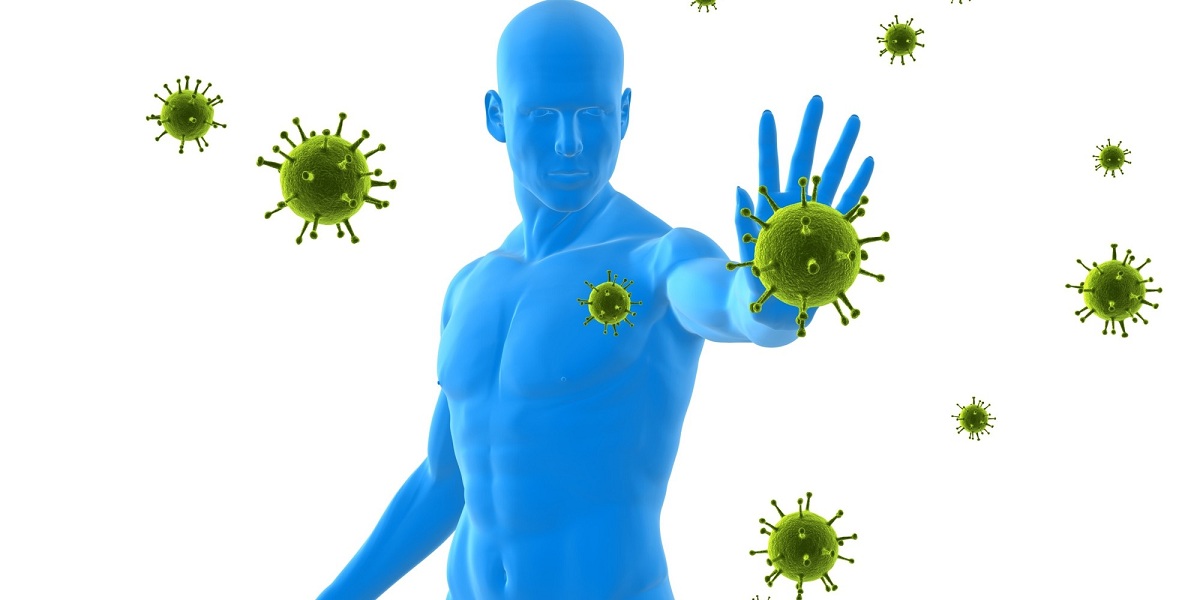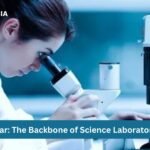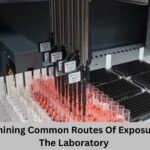Correcting mistakes, learning from yesterday’s missteps, transforming weaknesses into an impenetrable fortress that is difficult to penetrate, and adapting to everything that is coming suddenly. These are features that people with complex human minds do. But they are actions that the smallest creatures that contain within them life are accustomed to. Resistance is a natural process when bacteria in our bodies seek ways to survive. The underlying reason for the growth of this issue is that over time these bacteria have evolved a variety of mechanisms, used various genetic mutations or acquired foreign resistance genes through their ability to exchange genes with their counterparts, which is now known as horizontal gene transfer. Researchers are currently developing many innovative mechanisms to overcome this resistance, and it may take a lot of time and effort. Below, we will review a few of these new strategies.
From history
Antibiotics are considered one of the most important discoveries used in the twentieth century. The German scientist Paul Ehrlich specialized in raising the banner of initiation and initiative in this field, and he had the first share in discovering a new chemical substance in 1909 called “arsphenamine”. Which was effective against syphilis resulting from a bacterial infection. Many discoveries followed after him. The most prominent of which is penicillin by the Scottish scientist Alexander Fleming. This does not negate the fact that the ancient civilizations of Egypt, China, Greece, and Rome had an effective role in combating infection using some herbs and other traditional methods. One of the most successful treatments of that period was the topical application of moldy bread to treat certain wounds.
New strategies to overcome multi-drug resistant bacteria
Unfortunately, there is a rise in antibiotic resistance in hospitals, communities, and the environment associated with their use. The extraordinary genetic capabilities of microbes have taken advantage of human overuse of antibiotics to exploit every source of resistance genes and every avenue to develop multiple resistance mechanisms to every antibiotic introduced to them. Bacteria have remarkable genetic flexibility, allowing them to respond to a wide range of environmental threats, including the presence of antibiotic molecules themselves, which may endanger their existence. Some bacteria are naturally resistant, while others acquire resistance through misuse of antibiotics, which leads to the emergence of new resistant strains.
Resistance mechanisms can be summarized as ranging from accelerating the flow of antibiotics that are present inside the bacterial cell to the outside through bacterial efflux pumps to reduce the time required for the drug to spread within the bacteria, to changing the structure and composition of specific types of proteins called (Porins) that are present in In the outer membrane of the bacterial cell, which reduces the permeability of the bacteria towards those antibiotics, which may be broken down by many enzymes inside the bacterial cell if they are able to penetrate. A single mechanism may be used to overcome these antibiotics, or more than one may be combined to produce resistance.
Figure 2 Schematic illustration of different microbial resistance mechanisms at the molecular level.
@Copyright Ray et al. (2017)
Researchers are currently striving left and right to find various ways to turn the tables on these microorganisms that have overcome them by resisting many of the antibiotics that were discovered before. They sensed some of the ways that would facilitate their overcoming this crisis, including what is coming.
Natural products
Many natural secondary compounds have been extracted from some algae, microorganisms, and marine and terrestrial plants. With some chemical and physical modifications to it, and combining it with some existing antibiotics. To enhance its effectiveness against bacteria resistant to those antibiotics used alone. These compounds also have the ability to add some new mechanisms that these types of bacteria have not been exposed to before. Which makes this point the subject of many ongoing research and studies to overcome this crisis.
Berbernine, extracted from the Canadian herb Hydrastis canadensis, is one of our examples. It was found that, this compound is effective against methicillin-resistant Staphylococcus aureus (MRSA) bacteria through its interaction with its DNA, which leads to the inhibition of a protein called (Ftsz Protein). This protein is responsible for cell division, and therefore after inhibiting this protein it is easy to predict what This will happen to the bacterial cell after a while. Research also showed that berberine changes the structure of the membrane around the bacterial cell by changing the amounts of saturated and unsaturated fatty acids and messing up the cell surface in a way that depends on the dose and concentration of berberine. This makes the membrane more permeable, which lets antibiotics enter the bacterial cell and do its job fully. This is considered one of the possible mechanisms for eliminating methicillin-resistant Staphylococcus aureus bacteria using a natural secondary compound derived from only a single species of plant. Many natural compounds have been extracted, and many studies and research have been conducted on their effectiveness against different types of bacteria in the laboratory.
Nanocarriers
Nanocarriers are receiving increasing attention among researchers working on nanomedicines and pharmaceutical formulations due to their distinct and unique properties. And nanocarriers, polymers (NPs = Nano-Particles) consist of non-toxic, biodegradable polymers, organic and inorganic nanomaterials, solid lipid nanoparticles, and liposomes. It is used to deliver the loaded medications with high efficiency to the specified location within the body. Nanocarriers can also be combined with some chemicals, such as peptides and vitamins. Which leads to improving some important properties of nanocarriers, such as their ability to penetrate into cells, environmental friendliness, and biocompatibility, which makes them invulnerable to attack by the immune system, and even the ability to be targeted to a specific location within the body according to the extent of the response of those nanocarriers to some external or external stimuli. Internal, i.e. variations in electrical or optical pulses, ultrasound intensity, magnetic field, temperature, change in redox gradients, enzyme concentration, or pH. The different responses to these stimuli lead to the release of the drugs loaded on the smart nanocarriers at their specific location. Changing pH has been widely exploited to transform drug delivery to specific organs (such as the vagina or gastrointestinal tract).
Conclusion
From this, it can be predicted that antibiotics will be placed on nanocarriers through their physical and chemical properties, which vary from one substance to another. Nanoparticles, through their small size and upper surface area, help them interact better and with high accuracy with bacterial cells, unlike the usual interaction. Moreover, the bacterial cell membrane, which reduces the absorption and entry of antibacterial drugs, can be effectively overcome by nanocarriers whose molecules can penetrate the bacterial cell membrane, causing multiple disturbances in the cell membrane to increase its permeability and allow more antibiotics to enter. into the bacterial cell to perform its effective role.
This is another way to overcome multidrug-resistant bacteria. However, the method that doctors currently employ uses a combination policy, in which they combine up to four different antibiotic types to eradicate just one type of these resistant bacteria. The goal of this method is to enhance multiple different mechanisms to increase the chances of eliminating those bacteria. Strains of bacteria, due to the lack of safe and effective modern antibiotics. Where he did not go beyond all of that, he developed laboratory experiments and some other methods are too long to mention, and the battle is still continuing.
References
1. Jubair N, Rajagopal M, Chinnappan S, Abdullah NB, Fatima A. Review on the Antibacterial Mechanism of Plant-Derived Compounds against Multidrug-Resistant Bacteria (MDR). Evid Based Complement Alternat Med. 2021 Aug 16;2021:3663315. doi: 10.1155/2021/3663315. PMID: 34447454; PMCID: PMC8384518
2. Yang X, Qi Y, Ying Y, Xia Z. Overcoming Multidrug Resistance in Bacteria Through Antibiotics Delivery in Surface-Engineered Nano-Cargos: Recent Developments for Future Nano-Antibiotics. Front Bioeng Biotechnol. 2021 Jul 8;9:696514. doi: 10.3389/fbioe.2021.696514. PMID: 34307323; PMCID: PMC8297506.
3. Davies J, Davies D. Origins and evolution of antibiotic resistance. Microbiol Mol Biol Rev. 2010 Sep;74(3):417-33. doi: 10.1128/MMBR.00016-10. PMID: 20805405; PMCID: PMC2937522.
















